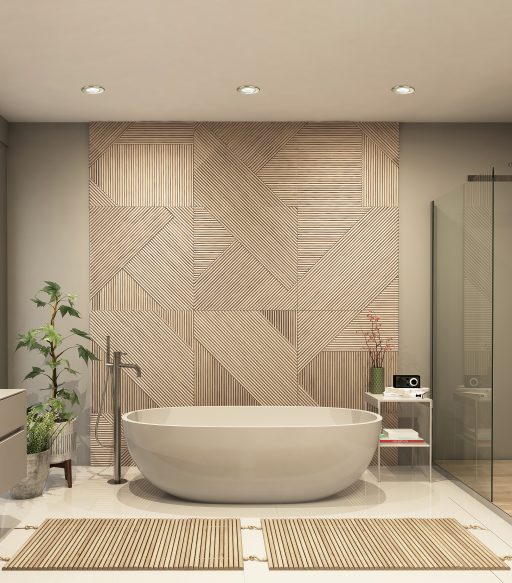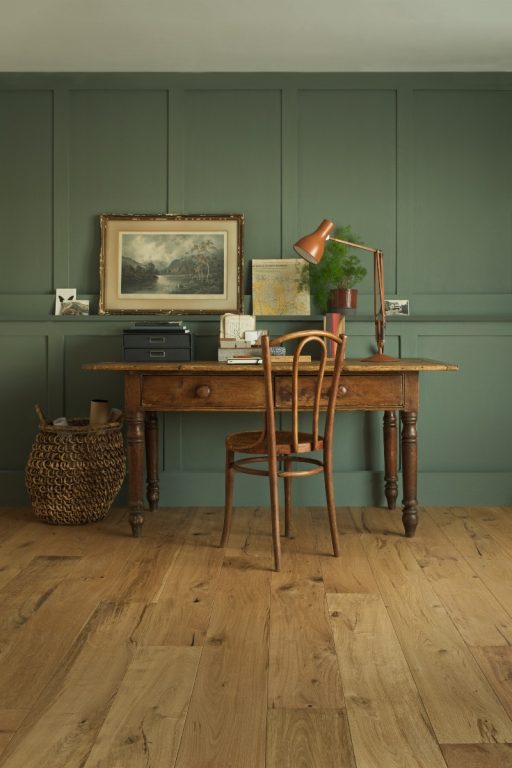As we approach 2024, the integration of 3D technology and artificial intelligence (AI) will redefine the landscape of Building Information Modelling (BIM)-based industries such as facility management, lighting design, engineering and architecture.
Martin Huber, co-founder and CEO at Amrax, a 3D modelling and spatial data capture company, outlines how these trends, particularly in the operational and refurbishment phases, can provide a competitive advantage over more traditional approaches.
1. AI-Enhanced BIM for Efficient Facility Management
“In facility management, AI-integrated BIM is a game-changer. AI emerges as the next logical step in the evolution of facility management. By 2024, AI algorithms will be able to mine BIM data to predict maintenance needs and optimise building operations. This shift from reactive to proactive maintenance will drastically reduce downtime and operational costs, providing a substantial competitive advantage.
“BIM models have already had a transformative effect on construction operations, moving project management processes to cloud environments. Moreover, the integration of sensors and automation in operations management is further contributing to this transformation.
“For example, a quality manager notes an incomplete flashing outside a window, as commonly done, AI algorithms analyse this data and automatically identify it as a potential waster issue. This information is then highlighted for the superintendent’s review on the dashboard. This system is accessible to all users of the collaboration platform. ”
2. 3D Modeling in Renovation and Retrofitting: Scan to BIM
“3D technology is revolutionising renovation and refurbishment projects. 3D scanning technologies allow for precise mapping of existing structures, making it easier to plan and execute. When combined with AI, these models can suggest the most efficient and cost-effective renovation strategies, a crucial advantage in the competitive AEC/O industry.
“Example: In a historical building renovation, 3D scanning can be used to create an accurate model of the building. AI can then analyse this model to suggest the best methods for preserving original features while upgrading the building for energy efficiency.”
3. Intelligent Lighting Design
“AI and 3D technologies are transforming lighting design by enabling more personalised and energy-efficient solutions. AI algorithms can analyse 3D models of spaces and suggest lighting designs that optimise for both aesthetics and energy consumption.
“Example: For a new office complex, AI can analyse 3D models to design a lighting system that adjusts automatically for natural light availability, enhancing energy efficiency and worker comfort.”
4. AI-Driven Optimisation in Operational Phases
“The parametric data available from Point Cloud to 3D model is a rich and accurate view of the building asset. This information allows architects, engineers, and designers to plan and modify building systems including electricity, HVAC and plumbing. The data storehouse also helps manage the building utilities and chart out preventive maintenance.
“In the operational phase of buildings, AI-driven 3D models can play a pivotal role. These models can be used for space optimisation, energy management, and ensuring compliance with safety regulations. AI can process data from various sensors within a building to provide real-time insights, allowing for more efficient building management.
“Example: In a large retail space, AI-driven 3D models can optimise the layout for customer flow and product placement, using data from foot traffic and sales patterns. This can lead to increased sales and improved customer experiences.”
5. Enhanced Collaboration in Renovation Projects
“The greatest advantage of BIM Services is information transparency. The 3D model can be shared with all project collaborators. Changes at any construction phase are updated in real-time stored in the cloud and are accessible to all stakeholders through the model. This helps reduce miscommunication and conflicts. This streamlined workflow facilitates faster and more successful project completions. Cross-Platform compatibility and seamless integration will be key to success in 2024.
“Example: During the renovation of a multi-story apartment building, BIM services allow for real-time updates to the 3D model. This ensures that all contractors and designers are working with the most current information, reducing errors and delays.”
6. Predictive Analytics for Long-Term Building Health
“AI’s predictive analytics applied to 3D building models can anticipate long-term building health and performance. This is crucial for facility managers and architects who are responsible for the upkeep and renovation of buildings, as it allows for more informed decision-making. This trend is particularly relevant in the context of green building practices and sustainability goals.
“Example: AI predictive analytics applied to a 3D model of an ageing bridge can forecast potential structural issues, allowing for preventive maintenance that avoids costly and disruptive repairs.”
“The AECO industry is on the doorstep of a digital transformation and is poised to play a central role in tackling the pressing challenges of urbanisation, sustainability and resource management, all of which are fundamental to combating climate change.
“The trends in 3D technology and AI are set to provide significant competitive advantages in facility management, BIM, lighting design, and architecture by 2024. These technologies not only enhance efficiency and sustainability but also open new avenues for innovation in the operational and renovation phases of building management. As we move forward, embracing these trends will be key for businesses looking to stay ahead in these industries.”







